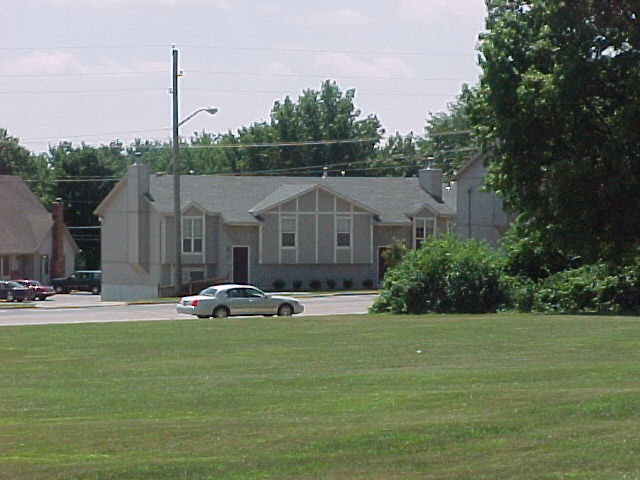
| KanCRN | Discussions | Research | Site Index | Search | Supporters |
| Drive Me Crazy |
 |
|


In other ways, speeders effect everyone, because their behavior impacts industry and public policy. The insurance industry, for example, uses data about driving behaviors and tendencies to determine different insurance rates for different types of drivers. If a consumer needs insurance, they may be offered a higher rate, simply because they fit the criteria of a "risky" driver. Also, public officials and agencies determine what speed limits should be on certain stretches of road. If a high number of accidents occur, then they might lower the speed limit or place other regulatory devices, like stoplights, to diminish the possibility of speeding. Car manufacturers are interested in this information about driving behavior too. If a car is being marketed to young males and we know that young males are more likely to speed, then the car manufacturer may want to increase the power of the car or show it going really fast in commercials. On the other hand, if a car is being marketed to older women and we know that older women are very careful drivers, then the manufacturer may want to add special safety options or show the car stopping to avoid hazards in the road in commercials. After looking at some of the ways that speeding and other driving behaviors indirectly effect us all, we can see the value of studying speeders and how the results of these studies could benefit society in different ways. For example, what if we find out that lowering speed limits doesn't make people speed less? Or, what if adding stop signs naturally slows down speeders? Hopefully, we will create a context to develop further research of these phenomena and to stimulate more questions from future researchers like you.
|
| 1999, KanCRN Collaborative Research Network |